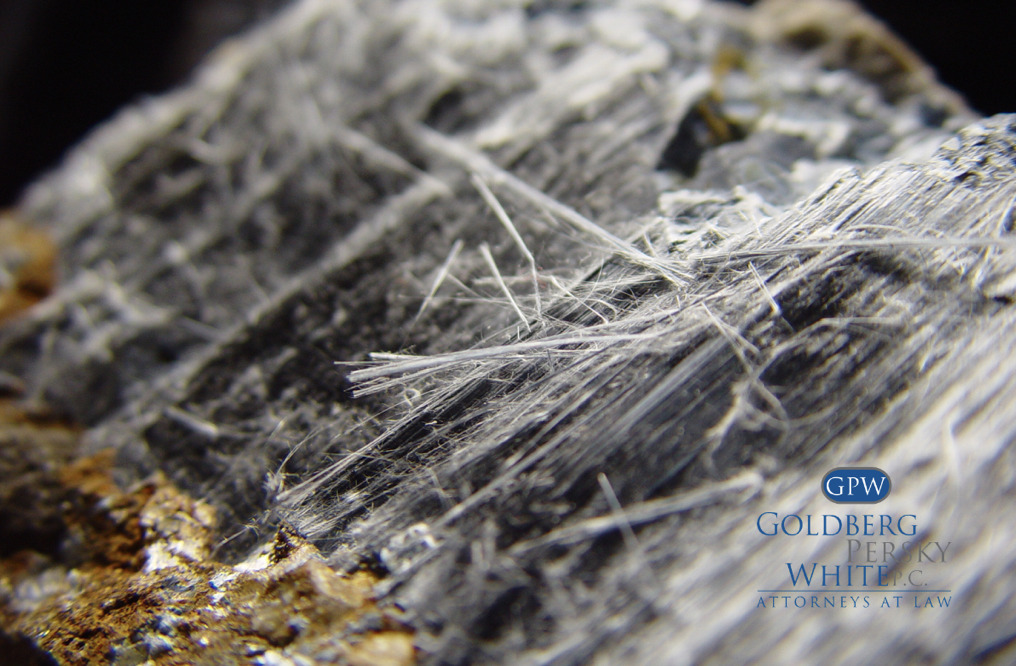Checking for Asbestos in Your New Home
Although asbestos use has been heavily restricted in the United States for decades, homes that were built before 1980 may still contain the material in their floor tiles, insulation, shingles, and drywall. Building materials containing asbestos is not normally dangerous, but they can shed asbestos fibers if they are damaged or disturbed. These microscopic fibers can be inhaled or ingested and lead to serious health problems, including the rare form of cancer known as mesothelioma.
The only way to truly know if you have asbestos in your home is to contact an asbestos building tester and have them inspect your home. However, there are several signs that you can look for that could indicate an asbestos problem.
Living in an Older Home
As we said before, asbestos is more likely to be found in a home that was built before 1980. It is important to note that having an older home doesn’t immediately mean that you or your family is at risk of asbestos exposure. If your house has been renovated since the 1980s and no longer has its original floor tiles, plumbing, shingles, or insulation, it may no longer contain any asbestos. Even if your home hasn’t been remodeled in the last three decades, you may not have a problem if everything is in good condition.
Damaged or Deteriorating Walls and Floors
Your chances of being exposed to asbestos are much higher if your old home has been damaged or is deteriorating. This may indicate that asbestos fibers have been shed and can be inhaled or ingested. Of course this means that you should never attempt any renovation or remodeling projects if you believe your home contains any asbestos. Knocking out a wall or lifting floor tiles may only increase your odds of asbestos exposure.
What to Do if You Suspect Your Home Contains Asbestos
Asbestos fibers are microscopic and cannot be seen by the naked eye. You may see dust, but there is no way to know if it contains any asbestos fibers. If you suspect that materials in your home are shedding asbestos fibers, take a sample of the material and have it tested by a professional testing service. An asbestos inspector can determine if a material contains asbestos with a sample the size of only a fingernail.
If it turns out that your home does contain asbestos, do not attempt to remove it yourself. Contact an asbestos removal service to take care of the problem. If you try to remove the offending substance, you could release fibers into the air and make your situation even worse.
Asbestos exposure can be a serious problem, and some of the more dangerous conditions associated with it have no cure. If you or a loved one has been exposed to asbestos either in the home or on the job, contact GPW to find out if you are entitled to any compensation. GPW has pioneered the industry in asbestos lawsuits and can help you fight for what you deserve.



